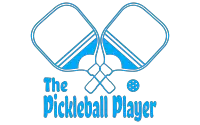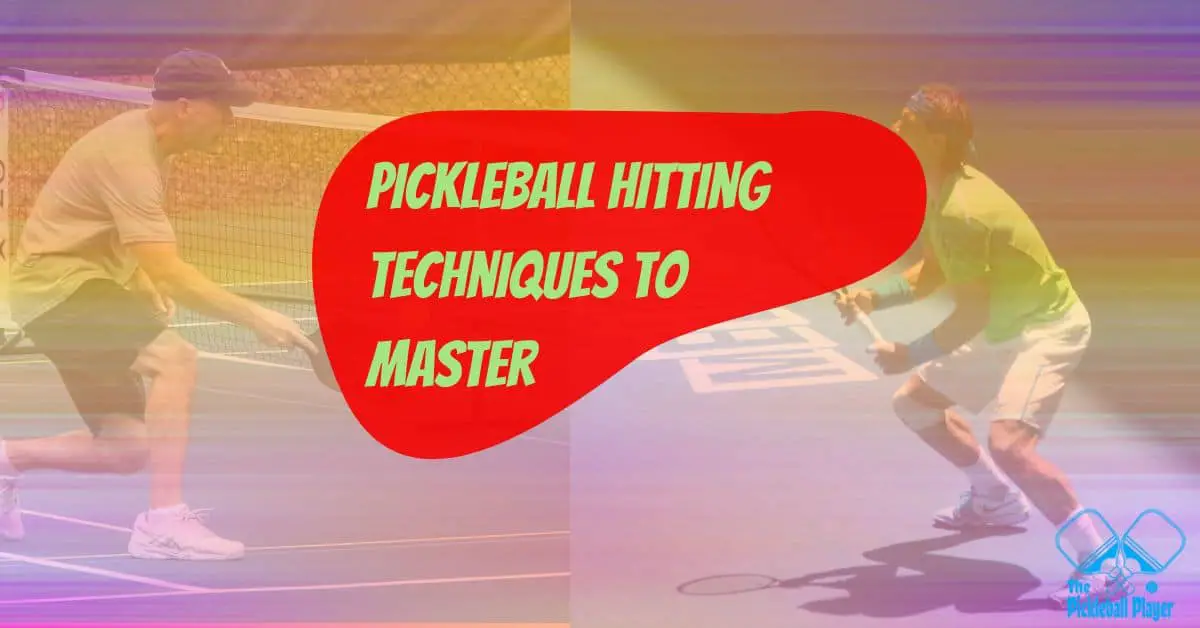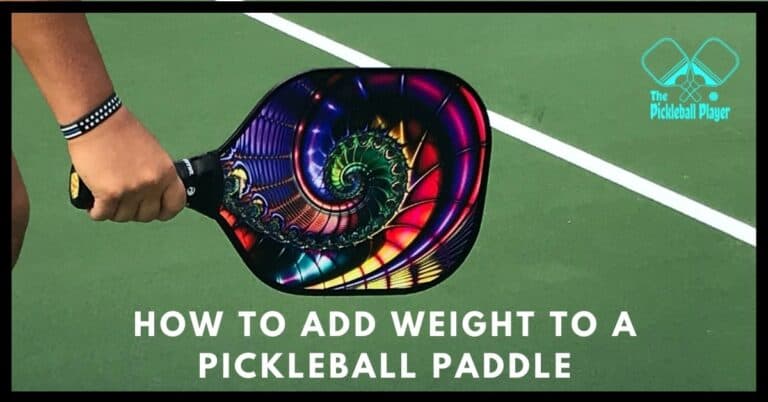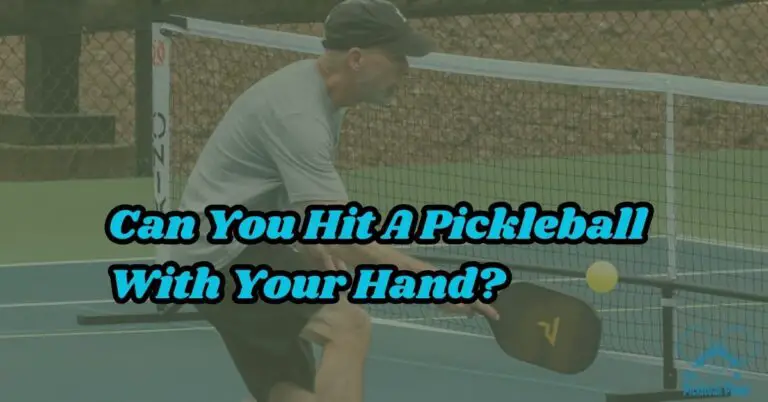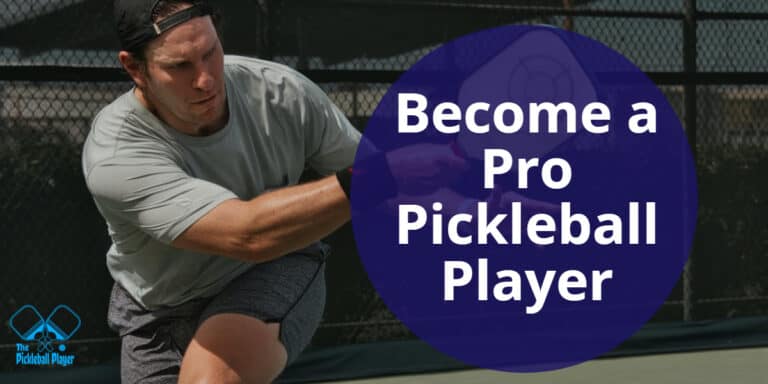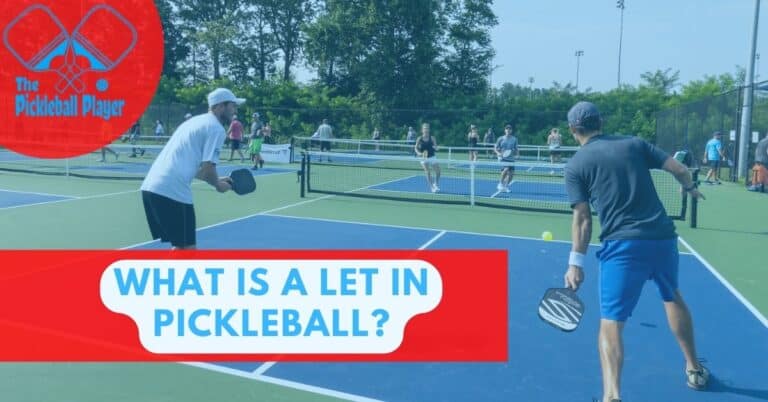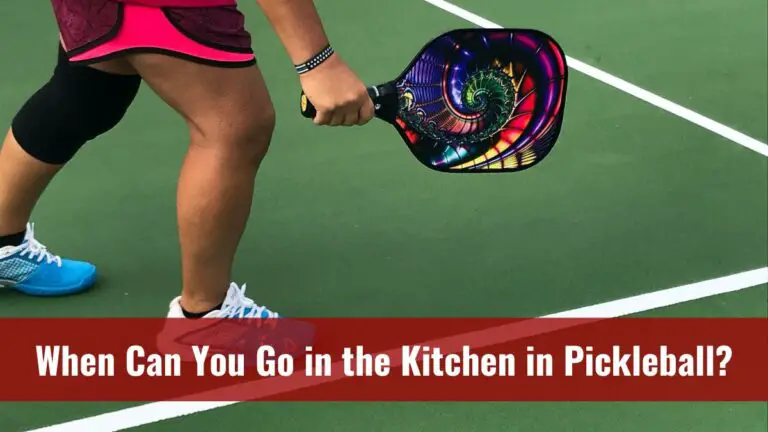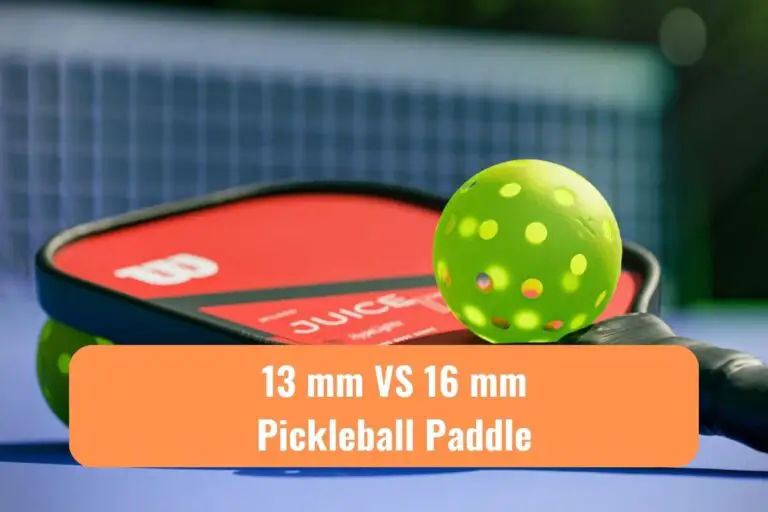7+ Pickleball Hitting Techniques You Need to Play Like a Pro
Are you wondering how you can learn the tactics and techniques pro players use in their game? Do you want to know why they change their stance, paddle grip, and hitting techniques?
If you want to know some basic hits and cool shots to improve your pickleball game, these pickleball hitting techniques are for you. These tips and hitting techniques will help you learn basic and advanced shots.
Let’s not wait any longer and share these tips and tricks.
About Author

Table of Contents
- Pickleball Hitting Techniques: 7 Ways to Hit Pickleball
- How to Master the Different Pickleball Shots?
- The Bottom Line
Pickleball Hitting Techniques: 7 Ways to Hit Pickleball
Pickleball is fun. But, if you need to develop your game, you’ll have to put time and effort into mastering these shots.
1. Punch Volley
Among all the types of volleys, punch volley is very common yet effective.
In this form of volley, you extend your arm and put force through the elbow instead of using the wrist. You can use backhand and forehand to literary punch the ball.
Tyson McGuffin, one of the best pickleball players, suggests leading with knuckles while hitting a backhand volley and with palms for forehand volley.
Tyson McGuffin YouTube Channel
2. The Drive
Unlike a dink, the drive is a powerful, speedy hit with a low trajectory. Players with good upper-body strength, and of course the right technique, can ace this shot.
Usually, you’ll see playing using drives when the court is clear or you want to set-up your opponent.
3. Lob
When the opposite tea is near the kitchen, you can lob the ball over their head (so the ball lands near the baseline) and catch them off-guard. Learning when to use this shot can help you reset the game’s tempo.
Sometimes when your opponent is smashing balls at you, you can use a lob shot to make them run for the ball. It will give you time to get in position and take your opponent away from the non-volley zone and near the baseline.
The offensive lob is an excellent shot if you can hit it perfectly. The best technique to beat it is to observe your opponent, their height, and their ability to put off a lob shot.
But if you err while executing a lob, you’ll provide the other player with a juicy opportunity to smash.
4. Around the Post
Around the post or ATP is one of those shots you don’t see very often. The only time this shot is possible is if your opponent hits the cross-court shot or dink that bounces away from your side of the baseline.
Your anticipation and quick reaction are key to returning the ball around the pole. It is a tough shot and can be a huge point if returned correctly.
5. Blocking
Though it’s not as fancy as a dink or drive, sometimes blocking a drive shot of your opponent is the best strategy.
Simone Jardim, a professional pickleball player, recommends using a loose grip and soft hands to block volleys.
PickleballCentral YouTube Channel
According to Simone, minimizing the movement of your paddle is the key to block shots effectively.
So, move a couple of steps back and give yourself some time to react. Use your backhand and block the ball in front of your body. This is a great shot to slow down the game.
6. Spinning the Ball
There are three types of spins in pickleball games.
- Top Spin
- Under Spin
- Side Spin
It is a crucial technique that can bring you a winning point. To add spin to your shots, you have to slice the ball. Don’t use too much of your wrist. Instead, entire arm action is a great way to start.
If you try to hit shots hard, learning to master topspin will ensure that your shots land before baseline.
7. Serve
If you’re looking to improve your game, start with your serve because this is the only shot you can control.
To hit a solid serve, target the weaker side of your opponent. In most cases, it means the backhand, rather than the forehand.
Another point to remember is to hit the ball deep and far to keep your opponent at the base. It will also give you time to reach the non-volley zone faster.
8. Returning the Serve
How you angle yourself and receive a serve is essential in your game. Here are a few tips to improve your stance while receiving a serve.
- Keep your shoulders straight and your body relaxed.
- Bend your knees a little, keep your feet at shoulder width, and put weight on the balls of the feet, not the heels.
- Keep your paddle in front of you, slightly facing the net.
- Stay focused and keep your eyes on the ball to know where it will land. Also, keep your head high for headshots.
Practice all this so much that it becomes second nature.
If you are returning the serve, you have the advantage of reaching the non-volley zone first. To get there faster, use these techniques.
- Don’t hit very hard. The harder you hit the ball, the faster it will come back, and the lesser time you will have to move forward.
- After returning the serve, run to the non-volley zone.
- Hit the serve deep and in the center of the court. It will give you time to reach the kitchen.
How to Master the Different Pickleball Shots?
These basic shots are important for all-level players to learn. However, you should practice a lot to master them. These techniques will help you master these shots and have more fun in this game.
1. Perfect 3rd Drop Shot
In case you don’t know, the third shot drop shot is played after the return of the serve, from near the baseline. You will hit hard enough that the ball goes over the net, but lands softly in your opponent’s kitchen.
This shot helps you reach closer to the non-volley zone where the actual game happens. To learn pickleball dropshot, you need to practice profusely.
2. Dink Shot
When all the players are near the net, you can hit very softly and calmly, so it will land in your opponent’s kitchen. The opponents will have to wait for the bounce, and the bounce won’t be high, as the dink is a very soft hit. As a result, the other team cannot hit it hard and have to lift the ball slowly.
3. Pickleball Volley
A very common shot played in various situations and styles is the volley. Volley is any shot you pick from the air before it hits the ground. It is mainly played near the NVZ.
To hit a volley, your response time should be quick and you should hit the ball without hesitation.
The best place to hit the volley is your opponent’s feet, on the side of his hip or shoulder. This shot is like a spontaneous reaction-whatever seems right at that time.
The Bottom Line
After reading all these pickleball hitting techniques, you might be feeling overwhelmed. Without any doubt, learning these techniques is not an easy task. However, to become a 4.0 or 5.0 level player, you must know these hitting techniques.
However, instead of burdening yourself with so many things, we’d advise you to master one hitting technique at a time and keep improving every day.
